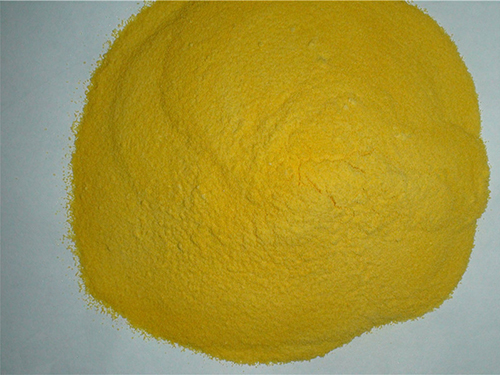polyacrylamide uses
The Versatile Uses of Polyacrylamide
Polyacrylamide (PAM) is a synthetic polymer that has gained significant traction in various industries due to its versatile characteristics and wide range of applications. This water-soluble polymer is derived from the polymerization of acrylamide, which is a monomer that can form chains with various functional groups. As a result, polyacrylamide can be tailored to fulfill specific needs across different sectors. This article explores the diverse applications of polyacrylamide in detail.
Water Treatment
One of the most prominent uses of polyacrylamide is in water treatment processes. It serves as a coagulant and flocculant to enhance the removal of suspended solids and other impurities from water. When added to wastewater, PAM facilitates the clustering of small particles, transforming them into larger aggregates that can be easily separated. This process is vital for industries like mining, pulp and paper production, and municipal wastewater treatment facilities, where maintaining water quality is critical for environmental compliance.
Agriculture and Soil Management
Polyacrylamide has found significant utility in agriculture, specifically for soil management. By improving water retention in soil, PAM helps to combat drought conditions, especially in arid regions. The polymer absorbs water and swells, creating a gel-like structure that holds moisture in the soil, thereby reducing the frequency of irrigation required. Additionally, PAM can help prevent soil erosion by stabilizing soil particles, making it an environmentally-friendly option for farmers looking to improve their productivity sustainably.
Oil and Gas Industry
polyacrylamide uses

In the oil and gas sector, polyacrylamide is used primarily in hydraulic fracturing and enhanced oil recovery processes. Its ability to increase the viscosity of water-based fluids makes it ideal for transporting proppants—substances that keep cracks open in underground rock formations during hydraulic fracturing. This application not only enhances oil recovery but also helps to minimize water loss during the extraction process. The versatility of PAM allows for better control of fluid dynamics in various extraction techniques, making it an invaluable component of the energy industry.
Cosmetic Formulations
The cosmetic industry also benefits from the unique properties of polyacrylamide. It is commonly used as a thickening agent and stabilizer in various formulations, such as creams, lotions, and gels. PAM contributes to the texture and feel of products, enhancing their functionality and user experience. There is also a growing interest in using polyacrylamide in cosmetic formulations that promote skin hydration, leveraging its moisture-retentive properties.
Biomedical Applications
In the biomedical field, polyacrylamide has emerged as a key material for medical research and applications. Due to its biocompatibility, it is commonly used in gel electrophoresis, a technique that separates biomolecules based on their size and charge. Researchers use polyacrylamide gels to analyze DNA, RNA, and proteins, which are essential in various studies, including those related to genetics and disease mechanisms.
Conclusion
The versatility of polyacrylamide makes it a crucial polymer in many sectors, including water treatment, agriculture, oil and gas, cosmetics, and biomedical research. Its unique properties, such as water solubility and the ability to form hydrogels, enable it to fulfill a variety of functions. As industries continue to seek more sustainable and efficient solutions, the importance of polyacrylamide is expected to grow even further. However, it is essential for stakeholders to remain aware of the environmental implications associated with its use and to ensure that PAM is applied and disposed of responsibly. Ultimately, the ongoing development and refinement of polyacrylamide will likely lead to new applications, further solidifying its role as a versatile and essential material in modern technology and industry.
-
The Ultimate Guide to Flocculants: Transforming Water TreatmentNewsNov.01,2024
-
Improve Your Water Treatment Solutions with PolyacrylamideNewsNov.01,2024
-
Enhance Your Water TreatmentNewsNov.01,2024
-
Empower You to Achieve the Highest Standards of Water QualityNewsNov.01,2024
-
Effective Scale InhibitorsNewsNov.01,2024
-
Discover the Power of Poly Aluminum Chloride in Water TreatmentNewsNov.01,2024





